All the Vespas can be experienced online

The Piaggio Museum is open after the stop imposed by the pandemic and it’s an amazing tour in a virtual version as well
Easy, intuitive, exhaustive. the tour via the Internet of the Piaggio Museum in Pontedera (Pisa) is an experience not to be missed. At the web address museopiaggio.it/en you have at your fingertips 5000 square meters of 3D exhibition with life, death and miracles of all the vehicles that have made the history of the brand. Starting with the legendary Vespa, a phenomenon that has continued to seduce the whole world for 75 years and this year reached 19 million units produced. Among the rooms of the Tuscan museum you can admire dozens of historical models such as the Ape Piaggio 150 Cassone, a small three-wheeler designed for light transport, two best-sellers such as the Ciao and the Boxer that became symbols of their time, since the end of the 1960s. There also many Gilera, including the Rondine Carenata and an ancient VT 317 from 1909, and then, of course, the racing version Vespas and unique pieces decorated with fantasy. Moreover, the motorcycle section consists of a huge collection, with Moto Guzzi models such as the Sport 15, the Galletto 175, the 500 V8 GP and others. Same thing for the Aprilia, widely represented from the 90s to today. In total we are talking about over 250 pieces, each illustrated in its own characteristics through synthetic but cool pop-up texts.
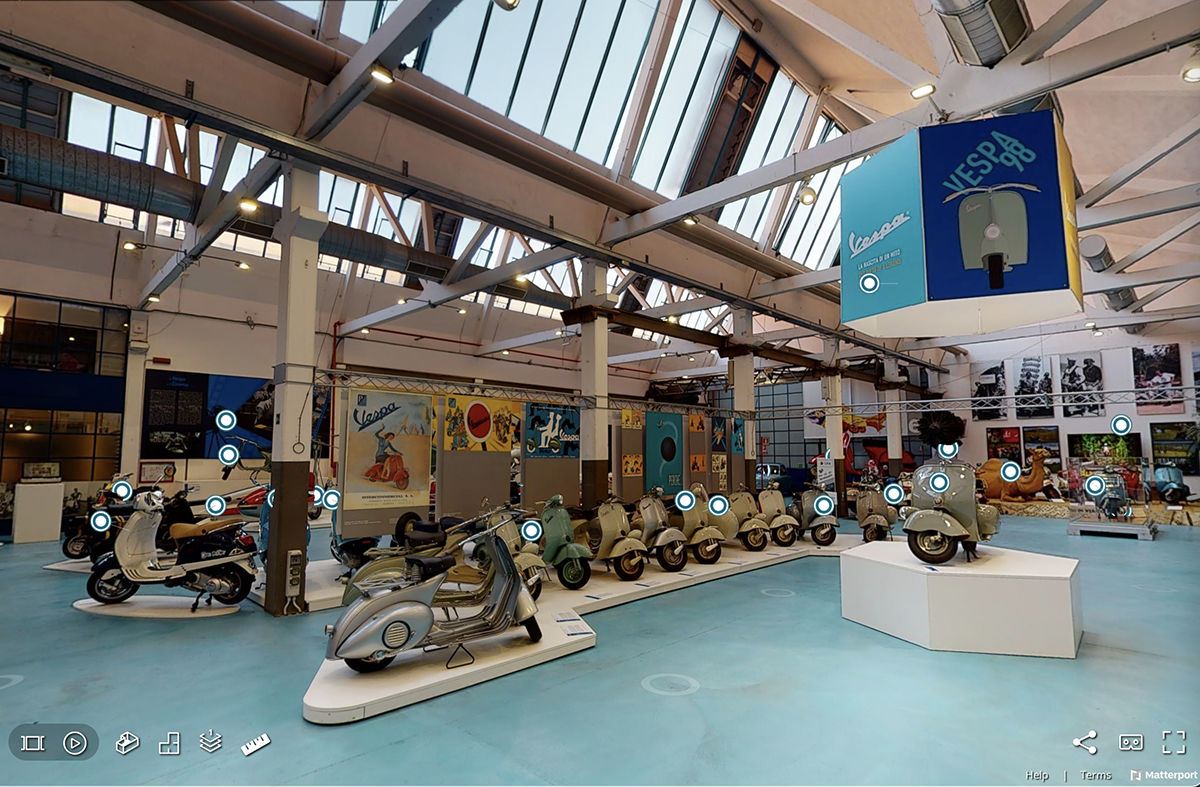
Primordial spark. At the end of the Second World War, Enrico Piaggio considered the idea of building a practical and low-cost vehicle for individual motorization. The task was entrusted to one of the top technicians in aeronautical production, engineer Renzo Spolti, who designed a load-bearing body scooter with a large protective shield. Identified by the technicians as MP (Moto Piaggio), the vehicle got called “Donald Duck” by two test drivers and that became its “unofficial” name. The development of the vehicle included five different studies, which are distinguished above all by differences to the engine: some examples are built with automatic transmission, others with two-speed manual transmission. The first scooter ever saw the light in the spring of 1945.
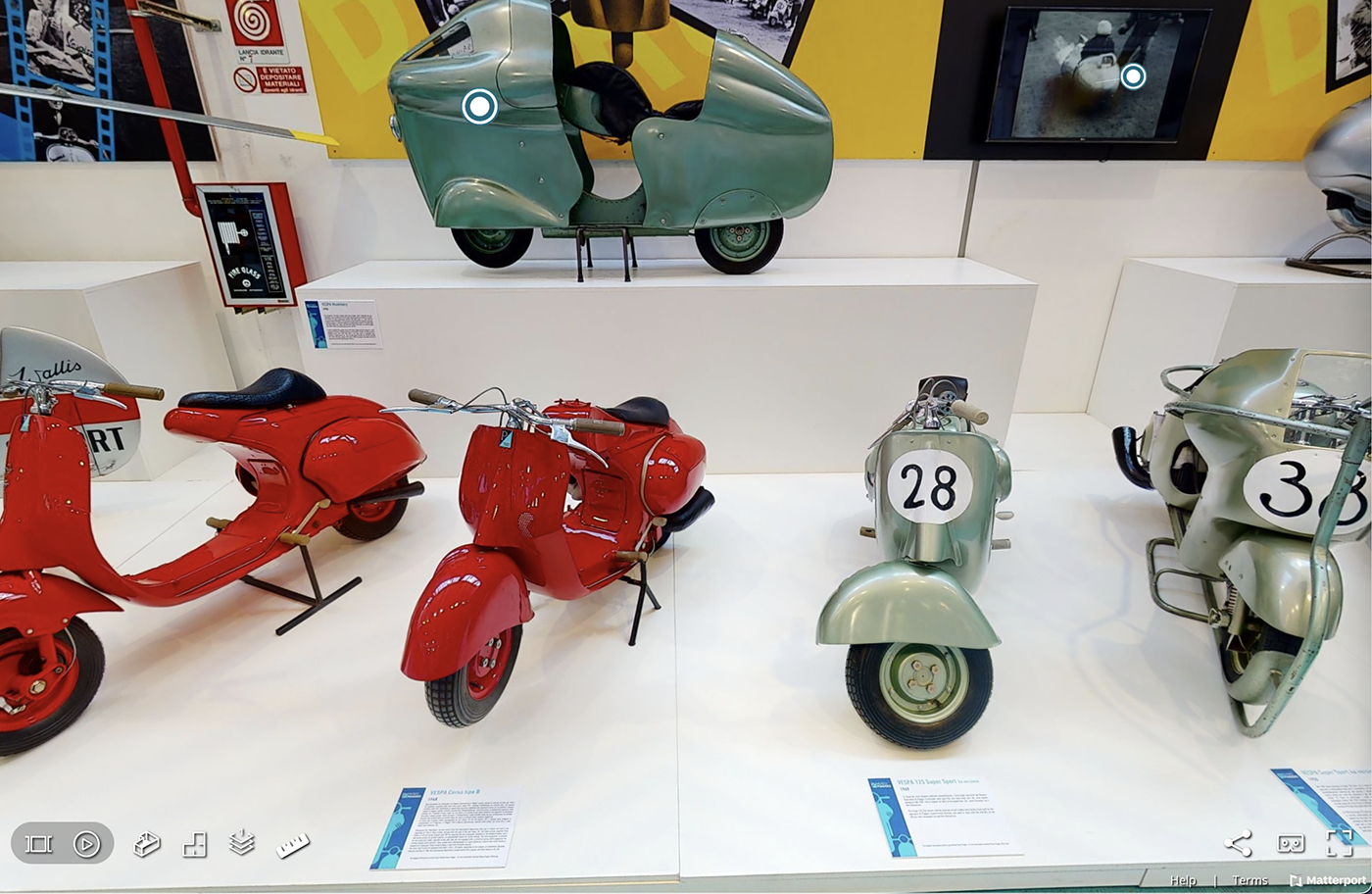
A scooter called Donald Duck. Although the central installation of the engine gave a certain running stability, the tunnel between the saddle and the handlebar was uncomfortable to take place on the driving deck. Therefore, Corradino d’Ascanio, a brilliant technician who marginally contributed to the design of the “Donald Duck”, made another study about the vehicle, which was signed MP6, where the central tunnel got suppressed. That was also possible tanks to the introduction of the in-line gearbox, a solution that allowed to eliminate the chain, making the engine a unique complex with the rear wheel. Among other changes, to ease driving, D’Ascanio introduces the handlebar gearbox, a device that allows the driver to release the clutch and change gear with one hand.
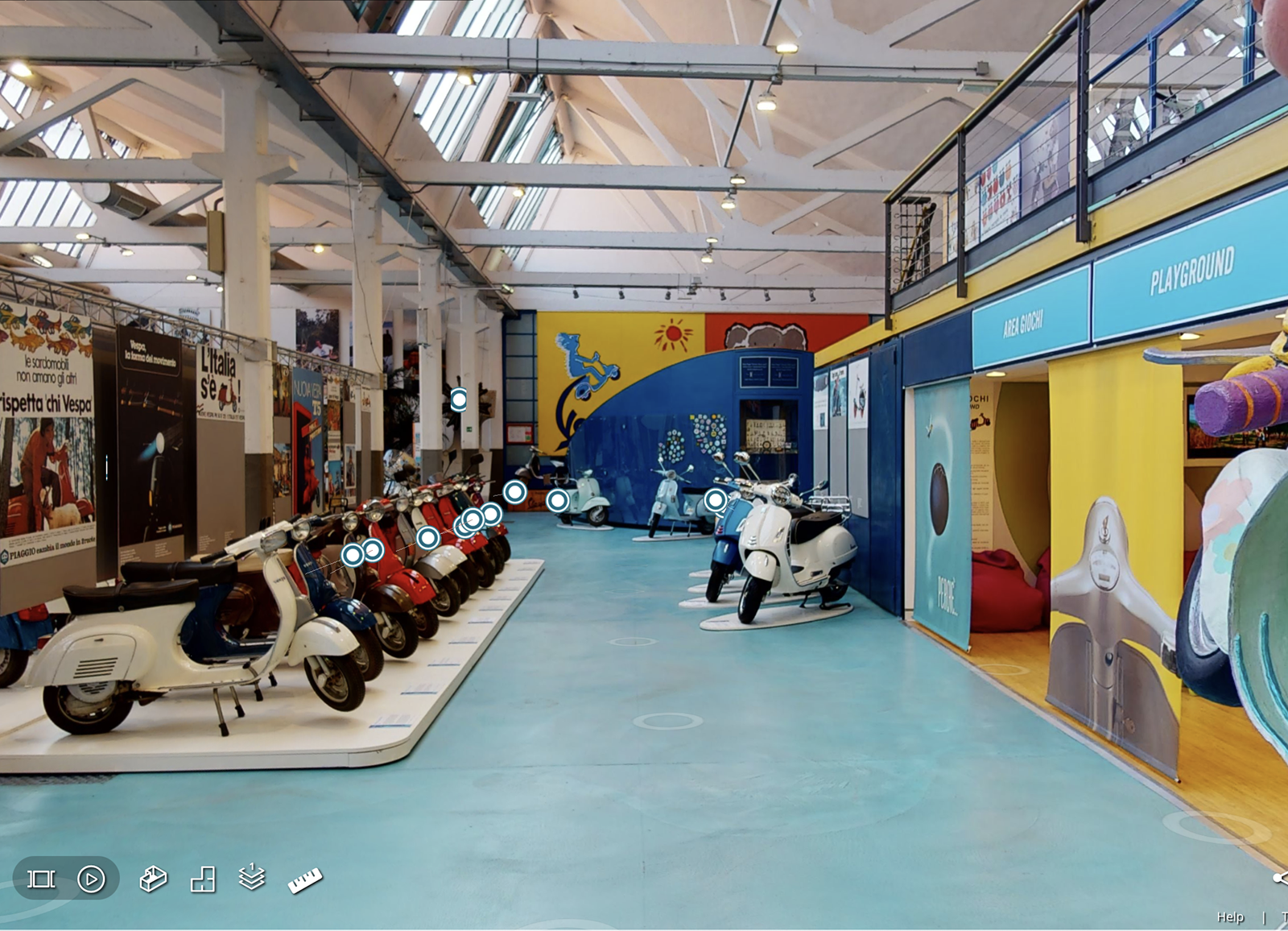
The Vespa step by step. On April 23, 1946 Piaggio (founded in 1884) filed the patent. Vespa was born: the motorized scooter with a 98cc 2-stroke single cylinder was built in the Pontedera plant, still active today and home to the company’s museum. Later on, in 1948, the Vespa 125cc model was introduced and seven years later the Vespa GS marked a turning point for the model, which for the first time exceeded 100 km/h and for the first time adopted 4 gears. The Sixties arrived bringing with them the legendary “Vespino”, the Vespa in the 50cc displacement. Another “milestone” in the history of one of the most beloved vehicles of all time, was the birth of the Vespa PX, in 1978. “The PX” was produced in the three classic engine capacities: 125, 150 and 200cc. It’s been the best-selling scooter in the model’s whole life, with over three million pieces sold. In 1996 it was then the turn of the new generation of Vespa with the ET4 125cc model (the 50cc ET2 would arrive the following year), which featured a 4-stroke engine and authomatic transmission. The beginning of the 2000s then brang the Vespa GT 125 and the Vespa GT 200; while the following Vespa versions were the Vespa 300 GTS Super – the most performing model in history –, Vespa 946, which recalls the year of birth of the first Piaggio Vespa, and the electric Vespa (launched in 2018).
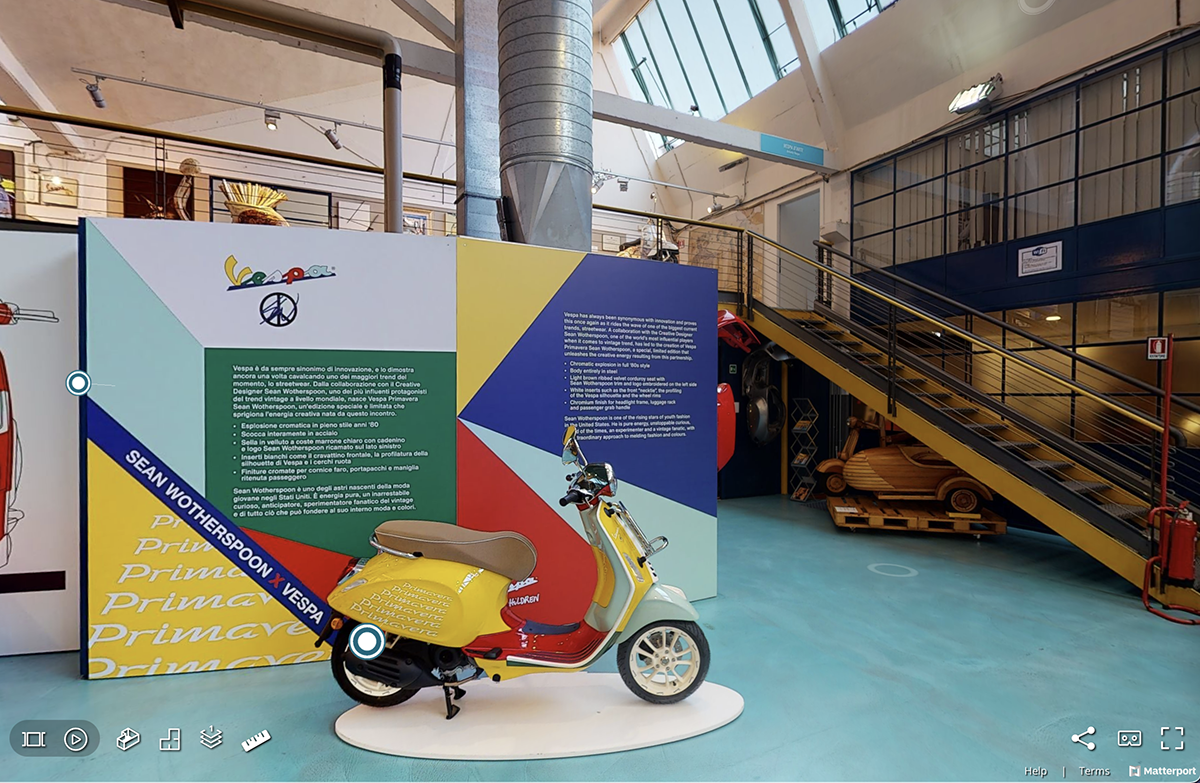
Global two wheel icon. Sold in 83 countries on all continents, the Vespa is one of the best known items of Made in Italy, and is produced in two other sites in addition to Pontedera, whose production is destined for Europe, America and all Western markets. There is Vinh Phuc plant, in Vietnam, which serves the local market and the countries of the Far East and India, and the Baramati factory, opened in 2012, from which Vespas for India and Nepal come out.
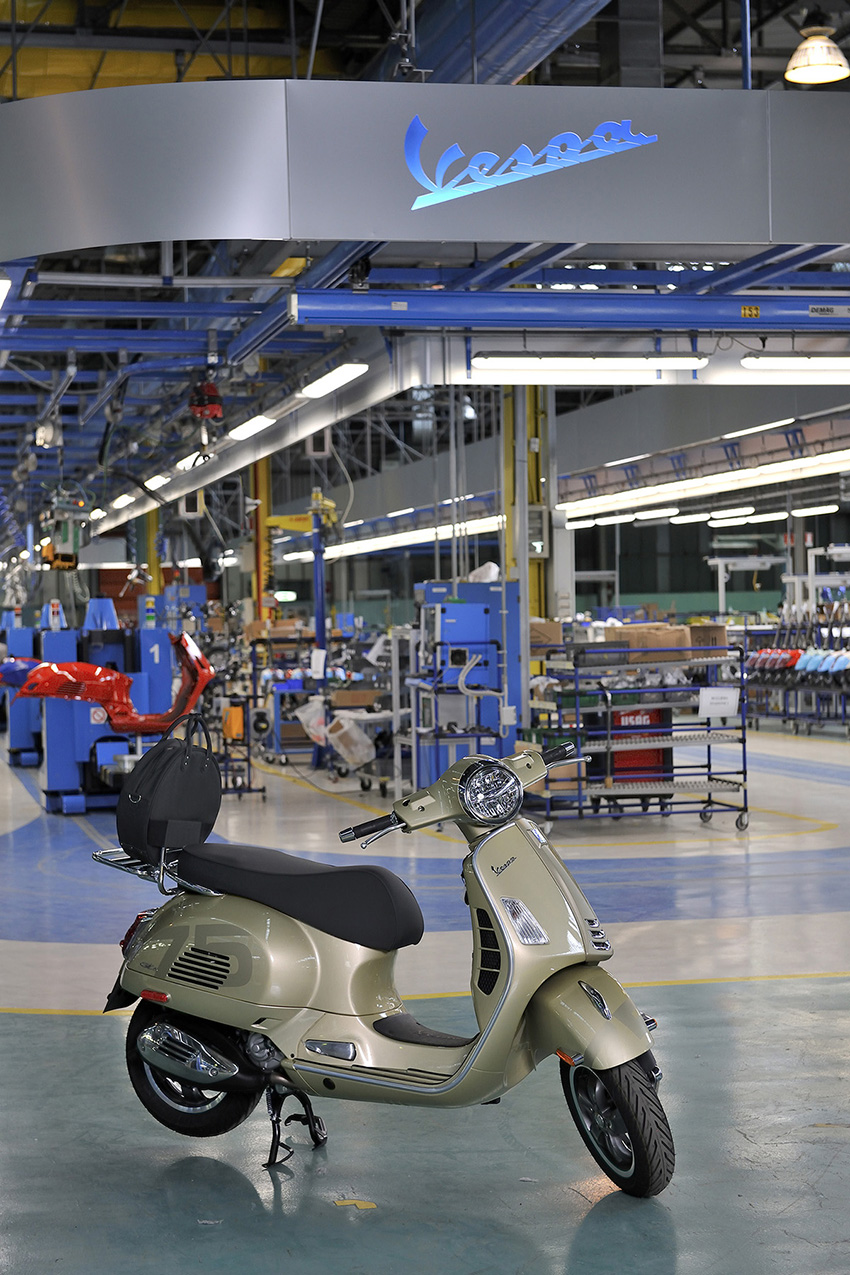
© UNAUTHORIZED REPRODUCTION FORBIDDEN
